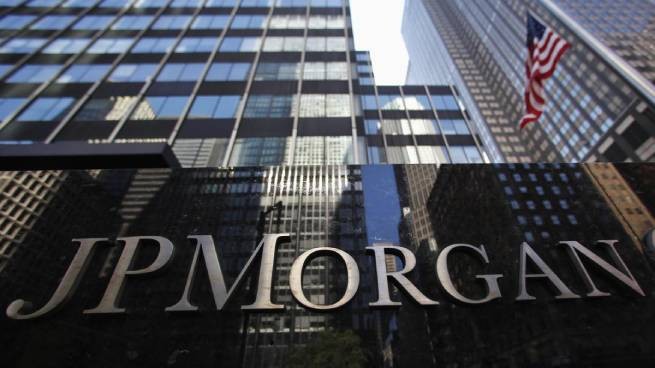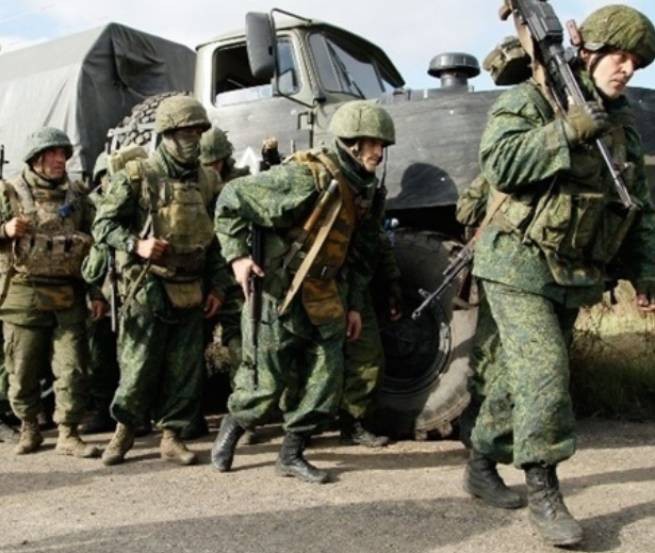The American edition writes that against the backdrop of the escalation of the situation in Ukraine, the export of liquefied natural gas from the United States to Europe has grown sharply – the growth in the production of American oil and gas has become a geopolitical and economic asset of the country, which made it possible to force Russian competitors out of the market.
When I was asked why and who needed the hysteria around Russia’s invasion of Ukraine, I always answered: those who made money on it. Now that the hysteria has begun to subside, an interesting material the largest American financial publication The Wall Street Journal.
The authors say unabashedly: “America is the leader in oil and gas. US exports limit price increases and help contain the destructive behavior of countries such as Russia and Iran.” As the Americans themselves say, “nothing personal, just business.”
While the Ukraine crisis was raising concerns about Europe’s dependence on Russian natural gas, something remarkable happened. Last month, for the first time in history, U.S. liquefied natural gas exports to Europe exceeded Russian pipeline deliveries. Russian exports, which typically account for about 30% of Europe’s gas consumption, have fallen significantly due to prices*. And since gas prices in Europe are (now) about four times higher than usual, US exports have surged to fill the gap.
* The United States insisted that the European Union should not enter into long-term contracts with Russia, and at that time they were actively selling gas to the countries of Southeast Asia. Also, the United States actively blocked the launch of Nord Stream 2, thereby fueling market instability. Due to the shortage of gas, gas prices took off more than $1,900 per 1,000 m3, after which the US itself began to sell gas to Europe. (Hereinafter, editor’s notes.)
The extraordinary growth in US oil and gas production is a geopolitical and economic asset that contributes to global energy security. As the domestic oil and gas industry continues to recover from the Covid-induced price collapse in spring 2020, the US is once again the world’s largest oil producer – nearly 20% above the other two largest producers, Saudi Arabia and Russia, and the world’s largest producer of natural gas.
The global oil market, which was drowning in oversupply less than two years ago, has shrunk sharply as the world emerges from the COVID-19 lockdown. This makes the market vulnerable to a crisis. Russian pressure on Ukrainea global economic recovery, a major weather event, or an unexpected event could cause prices to skyrocket.
According to the author, the oil and gas industry is still recovering from the pandemic collapse in prices, and then there is the aggravation of the crisis in Ukraine. And now the US has once again become the largest oil and gas producer in the world. As they say, to whom is war, and to whom …
This is signaled by oil prices above $90 per barrel. If a new nuclear deal with Iran is struck that brings its oil back to the market, that could bring down prices somewhat. But unless a dangerous new wave of Covid causes more shutdowns (or the Omicron option slows China’s economy), then prices will remain high.
The shock absorber to prevent a crisis is “reserve capacity”, the amount of potential production from wells that is not currently producing but can be turned on at the time of an outage. Free capacity declined as the global economic recovery boosted demand and some oil-exporting countries failed to return to previous production levels due to underinvestment. Nearly all of the spare capacity currently available – between three and 3.5 million barrels per day – is concentrated in two countries: Saudi Arabia and the United Arab Emirates.
One important offset to the market tightening is the current rise in US shale production, which could increase production by more than 900,000 barrels a day this year. Without a resurgence of supply in the US, oil prices would likely be even higher.
With new export capacity coming this year, America will become the world’s largest LNG exporter, ahead of Australia and Qatar. With a tight global gas market, US LNG is critical to avoid global gas shortages and keep Europe light, as evidenced by the Europe-bound tanker fleet.
In the coming months, even if all Russian pipeline exports through Ukraine are stopped*, US exports could fill the gap. But in the unlikely event that Russia stops all gas exports to Europe, US exports will not be enough. Europe will have to scramble, using gas from already depleted storage facilities and restarting coal and nuclear plants to generate electricity.
The United States really hoped for this, but the trouble is, Putin did not attack … But then the current earnings could be multiplied several times by declaring an embargo on gas supplies to Europe …
America’s position as a leading energy producer has provided new influence and greater flexibility. In 2012, for example, the US imposed sanctions that prevented Iranian oil exports from pushing Iran into negotiations while preparing for the 2015 nuclear deal. Initially, Iran scoffed, convinced that keeping its oil out of the market would cause shortages and price hikes that would undermine the restrictions. But he was wrong. The rapid growth of US oil production confidently displaced and then exceeded Iranian oil reserves, which forced Iran to negotiate.
Iran entered into negotiations only because the United States blocked Iran’s dollar accounts, which actually allowed them to appropriate this money. And besides, they were forbidden to sell oil. And forbidden to buy and allies.
Countries such as Japan and South Korea have welcomed U.S. exports of LNG and oil, which has strengthened their energy security and deepened their relationship with America. US exports have also become one of the foundations for improving and expanding Washington’s relations with India.
But there are limits. Like all assets, this new position needs to be managed wisely. Using oil and gas reserves as a tool or weapon would undermine their reliability and devalue them.
Oh really?
Today, there is no doubt about the geopolitical importance of America’s new oil and gas position. The Ukrainian crisis and the energy crisis in Europe shed light on the global impact of US oil and gas production.
Some saw this meaning much earlier than others. At the St. Petersburg International Economic Forum 2013 Vladimir Putin was on stage with German Chancellor Angela Merkel in front of several thousand people. I asked Mr. Putin how Russia plans to diversify its economy away from oil and gas export earnings. In asking my question, I mentioned the word “slate”. Before I finished, Mr. Putin reacted strongly, calling shale gas a serious threat that should be stopped.
Thinking about it later, I realized that he had two good reasons to oppose American shale gas. First, it will compete with Russian gas in Europe. Second, shale gas and oil will strengthen America’s global strategic position. Considering how events are developing in Europe today, one could say that he was prudent.
Mr. Yergin, Vice Chairman IHS Markit is the author of The New Map: Energy, Climate, and the Clash of Nations.
From the editor. A little later, we will tell you how much military contractors and the military-industrial complex earned on the Ukrainian crisis. It is already known that the United States has supplied arms to Ukraine worth $1.5 billion. Basically, these were obsolete weapons that the United States, instead of decommissioning, according to the old tradition, sends to the allies. By the way, the allies also tried get rid of the weaponwhich had expired expiration dates, for example 10 year old stingers.






More Stories
Poll: which European countries are ready to defend their homeland to the last
Greece must transfer the Patriot PAC-3 system to Ukraine with US “guarantees” against the Turkish threat
How will the confiscation of Russian assets affect the global financial system?